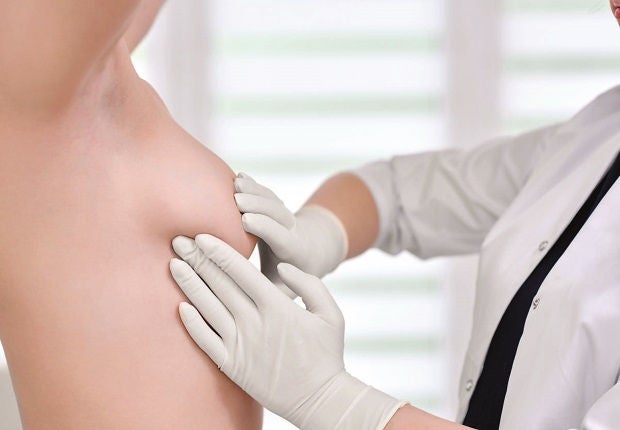HealthXchange will NEVER ask you to transfer money over a call. If in doubt, call the 24/7 ScamShield helpline at 1799, or visit the ScamShield website at www.scamshield.gov.sg.

“Women who seek attention for breast lumps usually come with the concern that they may be cancerous,” said Dr Julie Liana Hamzah, Associate Consultant, Department of Breast Surgery, Singapore General Hospital (SGH).
Besides pain, other symptoms can include skin inflammation and redness, and fever. In more serious cases, there may be ulceration or even enlarged lymph nodes. The condition is rare. According to Dr Julie, her department sees a handful of women with granulomatous mastitis a year. It is unclear what causes granulomatous mastitis, although some conditions such as tuberculosis and sarcoidosis, an inflammatory disease, can lead to it. Most cases, however, are idiopathic, meaning no cause can be found to explain its occurrence, said Dr Julie.
Idiopathic granulomatous mastitis tends to show up in women of childbearing age between their late 20s and 40s, especially those who have had children. Nevertheless, the condition has also been known to occur in women in this age group who have not given birth before, Dr Julie added.
Pain management
Diagnosis is made by exclusion of other diseases. “Normally, we will perform a physical examination of the woman in the clinic and send her for breast imaging,” said Dr Julie. If the scan points to an infection, oral antibiotics will be prescribed as the first course of treatment.
A follow-up ultrasound will be ordered three months later. At this point, if this condition persists, doctors may recommend a core needle biopsy to sample and examine tissue from the lesion to rule out cancer or some other disease. A biopsy is usually not done at the start.
In cases where the lump is accompanied by an abscess, the pus is surgically drained. At the same time, a tissue sample will be taken for diagnosis. Non-steroidal anti-inflammatory drugs will be prescribed for pain management. If the pain is not well-controlled, steroids may be prescribed.
Left untreated, idiopathic granulomatous mastitis resolves itself in nine to 12 months. However, treatment is recommended to speed up the recovery process, and reduce pain and discomfort.
Even after the condition resolves itself, it can recur. So the patient may find herself with another lump or infection in the breast sometime down the road.
“Having said that, there isn’t an increased risk of breast cancer or any other disease for these women. Idiopathic granulomatous mastitis isn’t a precursor to cancer, but it may be a protracted course and almost always presents with inflammatory or infective changes. So we tend to want to control the pain and treat the infection,” said Dr Julie.
Get the Health Buddy App
© 2025 SingHealth Group. All Rights Reserved.













 Get it on Google Play
Get it on Google Play